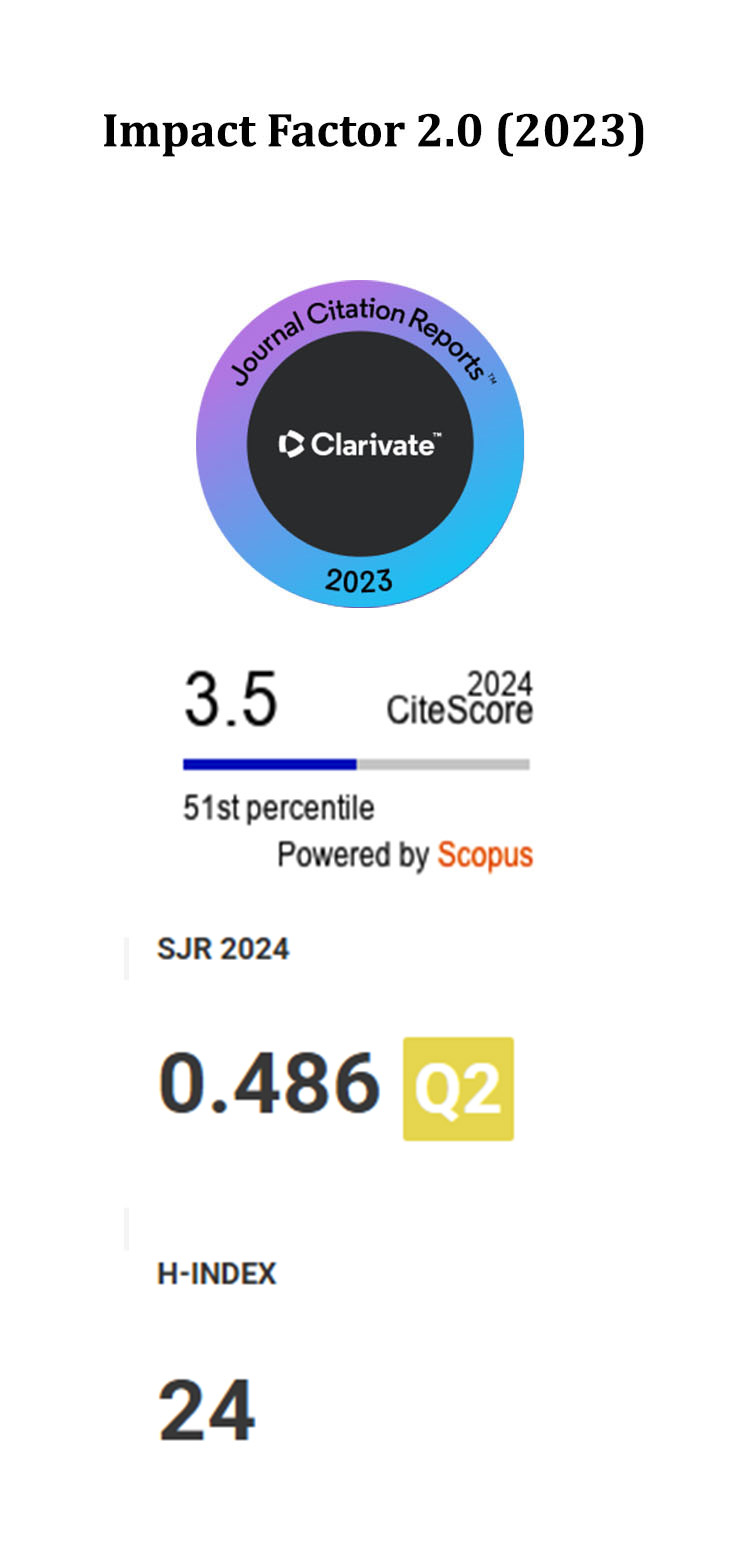YOLOv8-SS: A Method of Localizing Soldiers in Intricate Battlefield Environments
DOI:
https://doi.org/10.5755/j01.itc.54.1.37841Keywords:
YOLOv8, Instance Segmentation, DualConv, Global Attention Mechanism, Diverse Branch BlockAbstract
As combat becomes more autonomous and intelligent in the future, and effective military target localization techniques are essential to understanding operational military deployment and target tracking. In this paper, we offer an instance segmentation technique for precise soldier localization in intricate battlefield environments, called YOLOv8-SS. First, in the YOLOv8 backbone network, the C2f module is replaced by the DualC2f module, which we created based on DualConv in order to minimize the amount of parameter computation while maintaining accuracy. Second, the feature extraction network is enhanced by import the global attention mechanism (GAM), which increases the cross-dimensional interaction between the channel and spatial information and boosts the model's feature extraction performance. Lastly, the reparameterization module DBB is used to redesign the segmentation head of YOLOv8. Convolutional branches of various sizes and shapes are added to the network's feature representation capacity during the training phase. In the inference phase, the convolutional branches are equivalently replaced with regular convolutional, which increases accuracy while maintaining inference efficiency. Additionally, a dataset for segmenting soldier instances include various battlefield situations is provided in this paper, and experimental validation is carried out using this dataset. The experimental results demonstrate that YOLOv8-SS improves the Box P, Box mAP50, and Box mAP50-95 measures by 2.7%, 2.9%, and 5.1%, respectively, in comparison to the baseline model YOLOv8n. As a result, the YOLOv8-SS model performs more accurately when it comes to segmenting soldiers in intricate battlefield environments.
Downloads
Published
Issue
Section
License
Copyright terms are indicated in the Republic of Lithuania Law on Copyright and Related Rights, Articles 4-37.




